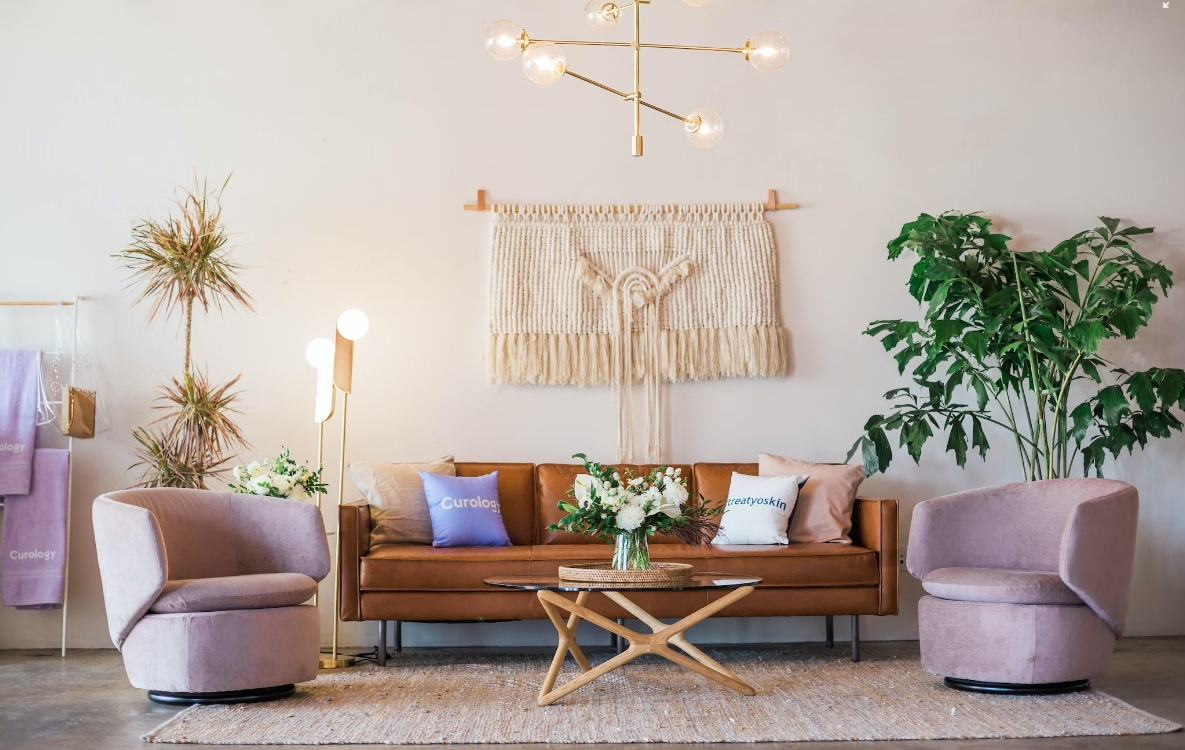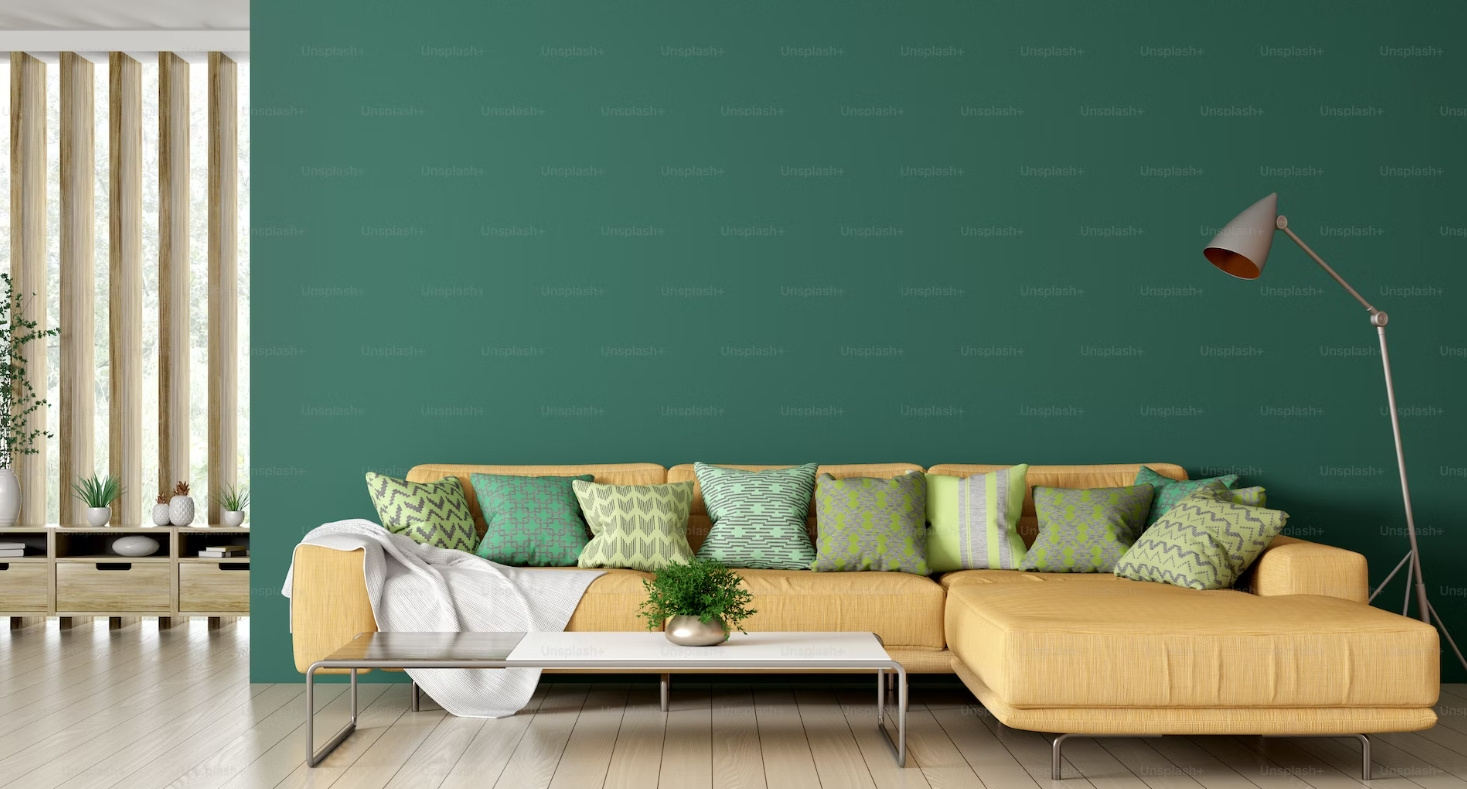The Role of Furniture Color in Interior Design
Furniture color is a key factor in shaping the mood of any space. Furniture color palette choice can significantly impact the overall aesthetic and mood of a room. The color palette chosen for furniture can significantly impact the overall aesthetics and mood of a room. Understanding the role of furniture color in interior design is fundamental for creating harmonious, visually appealing spaces.

Influence on Mood and Atmosphere
Colors possess unique psychological attributes that evoke specific emotions and sensations.
Warm hues like reds, oranges, and yellows tend to create a cozy and inviting ambiance, perfect for living rooms or dining spaces.
Cool tones such as blues, greens, and purples can induce a sense of calmness and relaxation, making them ideal for bedrooms or areas designated for unwinding.
Neutral colors like beige, gray, and white offer versatility and sophistication, enabling them to complement various design styles while fostering a sense of serenity.
Enhancement of Space Perception
Strategic use of furniture colors can influence how spacious or compact a room appears.
Lighter shades have the ability to visually expand a space, making it feel more open and airy.
Darker colors, when used thoughtfully, can add depth and intimacy to a room, creating a sense of coziness and warmth.
Contrasting colors between furniture and walls or floors can accentuate architectural features and draw attention to specific areas, adding visual interest and depth.
Reflection of Design Themes and Styles
Furniture color plays a pivotal role in reflecting and enhancing the chosen design theme or style.
For a contemporary and minimalist design, monochromatic or neutral-colored furniture often works best, emphasizing clean lines and simplicity.
Traditional interiors may incorporate richer and warmer tones, creating an elegant and classic feel.
Bohemian or eclectic styles embrace a mix of vibrant colors and patterns, allowing for a more eclectic and spirited atmosphere.
Complementary Color Schemes
Employing color theory can aid in selecting furniture colors that harmonize with the existing color palette of a space.
Analogous color schemes involve using colors that are adjacent to each other on the color wheel, creating a harmonious and cohesive look.
Complementary colors, positioned opposite each other on the color wheel, create striking contrasts, adding visual interest and vibrancy to a room.
Evolving Trends and Personal Expression
Interior design trends often influence furniture color choices, with certain colors experiencing periods of popularity.
However, personal preferences should not be overlooked, as they play a crucial role in expressing individuality and creating spaces that resonate with the occupants.
Mixing trendy elements with personal favorites allows for the creation of unique and inviting interiors that stand the test of time.
Practical Considerations
Apart from aesthetics, practical aspects must be considered when choosing furniture colors.
Lighter colors may require more maintenance to keep them looking clean, especially in high-traffic areas or households with pets and children.
Darker shades, while often easier to maintain, may absorb more heat and show dust or pet hair more prominently.
How to Keep Track of Furniture Trends?
How do you stay in touch with trends to ensure you have the best furniture style? Here are tips you can trust.
● Attending Furniture Fairs
● Through Social Media
● Furniture Journals and Magazines
● Checking out Shops
Choosing the Right Furniture Color
The use of color is inescapable when it comes to interior design, and since furniture is part of that space, you can take advantage of that to further enhance the decor by combining colors that match and blend with each other. When it comes to choosing the color of the furniture in relation to the interior design of the house, there are some vital aspects you have to consider beforehand; they include the following.
● The Interior Color
● Purpose of the Room
● Amount of Light Coming in
● Ease of Cleaning
● Blending

In conclusion, furniture color serves as a cornerstone in the art of interior design, influencing the mood, perception of space, design themes, and personal expression within a space. Understanding the psychological impact of colors and their interplay is essential in crafting inviting and aesthetically pleasing interiors. By balancing personal preferences, design principles, and practical considerations, one can transform any space into a harmonious and visually captivating environment. Whether aiming for tranquility, vibrancy, or sophistication, the careful selection of furniture colors can truly define and elevate the ambiance of a room.
